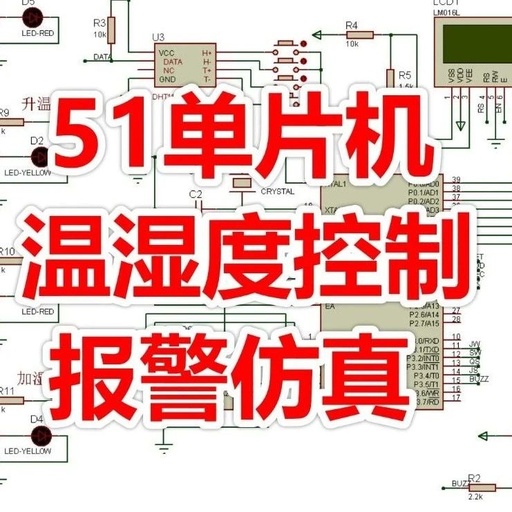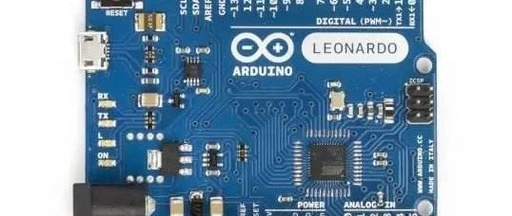51 Microcontroller Temperature And Humidity Controller Design
51 Microcontroller Temperature And Humidity Controller Design (Proteus Simulation + Program + Schematic + Design Report + Explanation Video) Schematic: Altium Designer Simulation Version: Proteus 7.8 Compiler: Keil 4/Keil 5 Programming Language: C Design Number: S0013 Basic Functions: 1. This design is based on the STC89C51/52 microcontroller (compatible with AT89C51/52, AT89S51/52, can choose any); 2. … Read more









